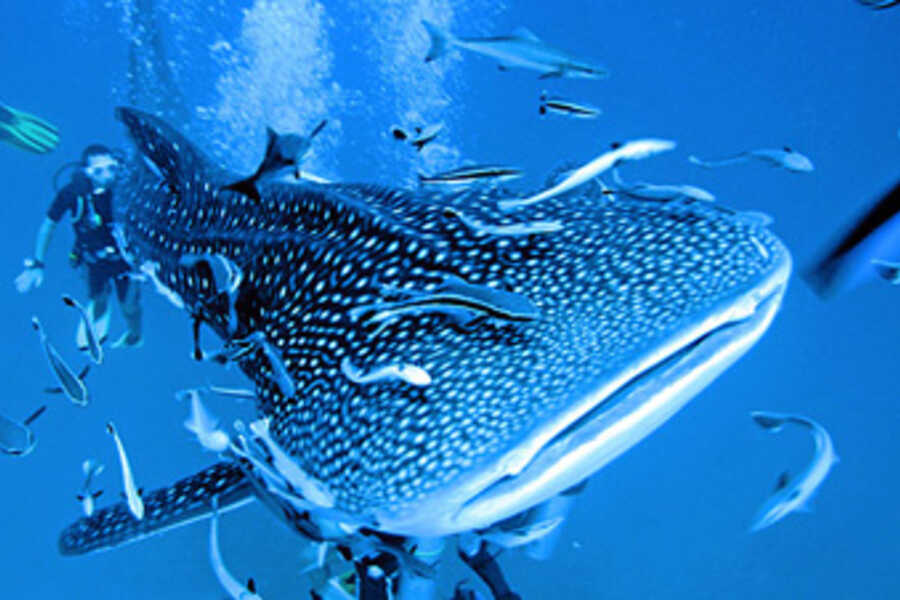For sustainable designs to be implemented, the designs should be locally embedded, provide local benefits, establish continuity with existing physical, social an cognitive structures and apply to locally appropriate communication and participation procedures (Raven, 2008). In short, the project should meet the needs of all stakeholders for successful implementation. This makes business models important.
On 6 November an Evolution ecologist named Toby Kiers gave an interesting lecture on how nature cooperates, so attendees could incorporate this in their products as nature has beautiful ways to solve problems and has done so for centuries.
Instead of explaining how well nature cooperates, she explained how organisms in nature always look for ways to cheat. For example, fish who clean other fish take a bit of the fish if they have the chance. Nature is programmed to look for efficient ways and to cut corners when possible. Humans are not different from that. Toby Kiers gave a recognizable example of high school students who try to cheat, which made the whole audience laugh.
The reason why cooperation works in nature, is that nature prevents organisms to cheat by punishment. Nature even incorporates forms of slavery and makes organisms dependent on each other so they cannot cheat. Suffocation, enslavement, abortion, forced addiction and poisoning are strategies nature uses to force good cooperation.
She ended the lecture with the notion that when creating sustainable business models you first have to look where stakeholders have opportunities to cheat. Once you have identified these, you have to create punishment in case they do so, which will prevent the collaboration system to collapse. By creating punishment, you make sure each stakeholder sticks to the deal.
I think this is vital for circular product/service design where cooperation between stakeholders is essential for making the system work. For example, if waste of company A is transferred to company B as a valuable resource, company B relies on a constant stream of waste to guarantee continues production. Company A relies on that it can sell their waste to company B. In other words they have to be able to count on each other and not suddenly give their resources to another company because they can make more money there. Hence, there needs to be some kind of contract. But there may be more creative ways that use suffocation, enslavement, abortion, forced addiction and strategies in an innovative way.
For our projects now it means that we have to be aware that people do not always want to maintain good cooperation. Stakeholders are in it for self-interest reasons and not for the common good. Seen the amount of invented sustainable technologies, I think there is a relatively low implementation rate which can be caused by the fact that stakeholders are not always in it ‘to save the planet’. When communicating a project, benefits to all stakeholders must therefore be clear. And as I learned from Toby Kiers you have to integrate punishment in the system to maintain cooperation once stakeholders have joint the project.
You can review her lecture and other lectures on circular product/service design https://collegerama.tudelft.nl/Mediasite/Play/d23744e9ca4d4db5ba79fb8e7d38e2a51d.


